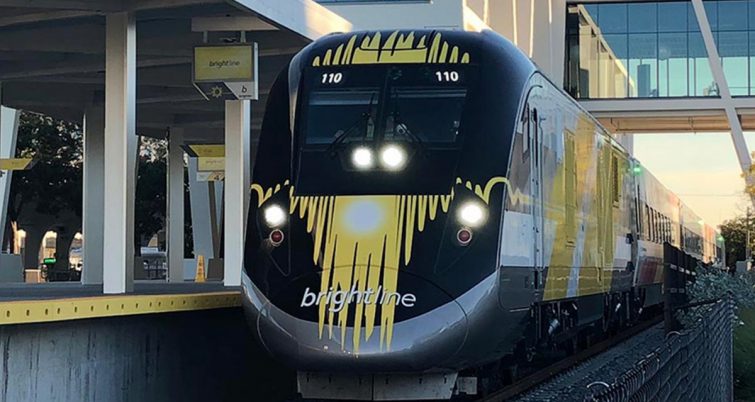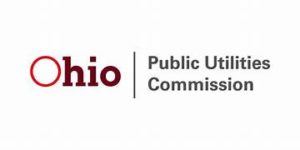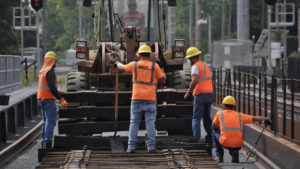Brightline strengthening safety infrastructure after train hits car on the railroad’s first day back in service
Written by David C. Lester, Editor-in-Chief
When COVID-19 appeared and began to spread in the United States, many passenger operations shut down, including Brightline, which suspended service in March 2020.
On November 8, Brightline resumed operation, but the opening day was marred by a grade crossing accident between a Brightline train and a passenger vehicle.
The accident occurred near Pompano Beach, which is just north of Fort Lauderdale on the Atlantic Coast of Florida. A lady and her 1 year-old grandchild were in the car, but no injuries were reported. After stopping for a short time, the Brightline train continued it’s journey.
One of the disappointing aspects of this grade crossing accident is that before the March 2020 shutdown, Brightline was plagued with pedestrian trespassers, who were either under the influence of drugs or alcohol and simply wandered onto the tracks, or people intent on committing suicide. A number of grade crossing accidents occurred during the railroads initial period of operation as well.
RT&S reached out to Brightline spokesperson Ben Porritt to learn more about the story and the degree to which the railroad has had to deal with trespassers and trespasser deaths. Porritt said that “we are addressing the situation with a four-pronged program that includes engineering, education, enforcement, and technology.” He added that all of the accidents the railroad has experienced have been the result of “deliberate unlawful actions to ignore warning signs and safety barriers.” He added that at several points along the right-of-way, the railroad has invested heavily in trees, shrubs, and fencing, which is part of a channelization program – meaning that as many areas as possible where trespassers can access the railroad, these natural and artificial fences will channel the pedestrian to a legal place to cross.
Porritt also said that the railroad has just been awarded a $5.6 million CRISI grant to improve the warning, marking, and safety protection at 48 crossings along the railroad.
Brightline is often referred to as a “high-speed” operation. The maximum speed trains can operate on the roadway now in service is 79 mph. Porritt added that on the line to Orlando, which is still under construction, trains will operate at 125 mph in certain locations. Right now, in the strictest sense of the term, Brightline is not a high-speed railroad because long-distance Amtrak trains (i.e., outside of the Northeast Corridor) regularly travel at speeds up to 79 mph. And, while Amtrak trains operate at speeds of 90 to 150 mph in the NEC, that operation doesn’t meet the strict definition of high-speed either. True high-speed is generally considered to be 180+ mph, speeds at which trains in Europe often run, as well as the Shinkansen in Japan. Brightline is more accurately referred to as a higher-speed operation. The point here is that those who say that Brightline has suffered from a number of trespasser and grade crossing accidents due to high speed in not technically accurate.
Read more about passenger rail.




